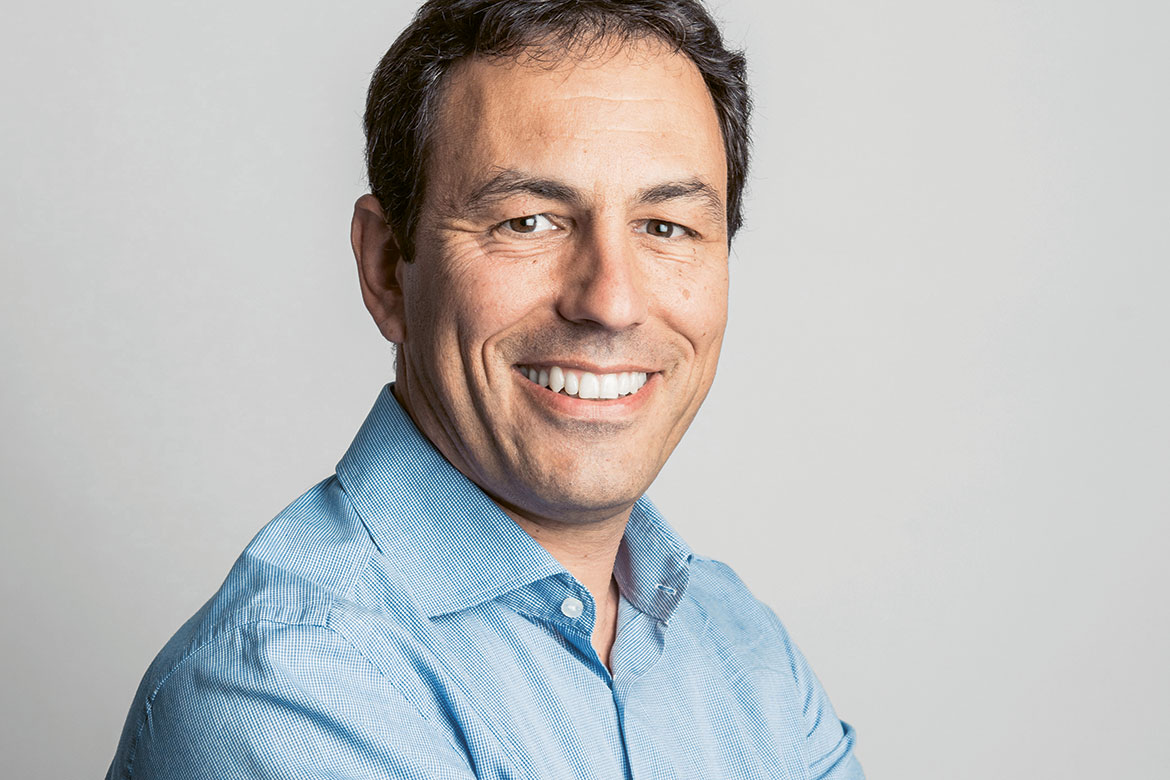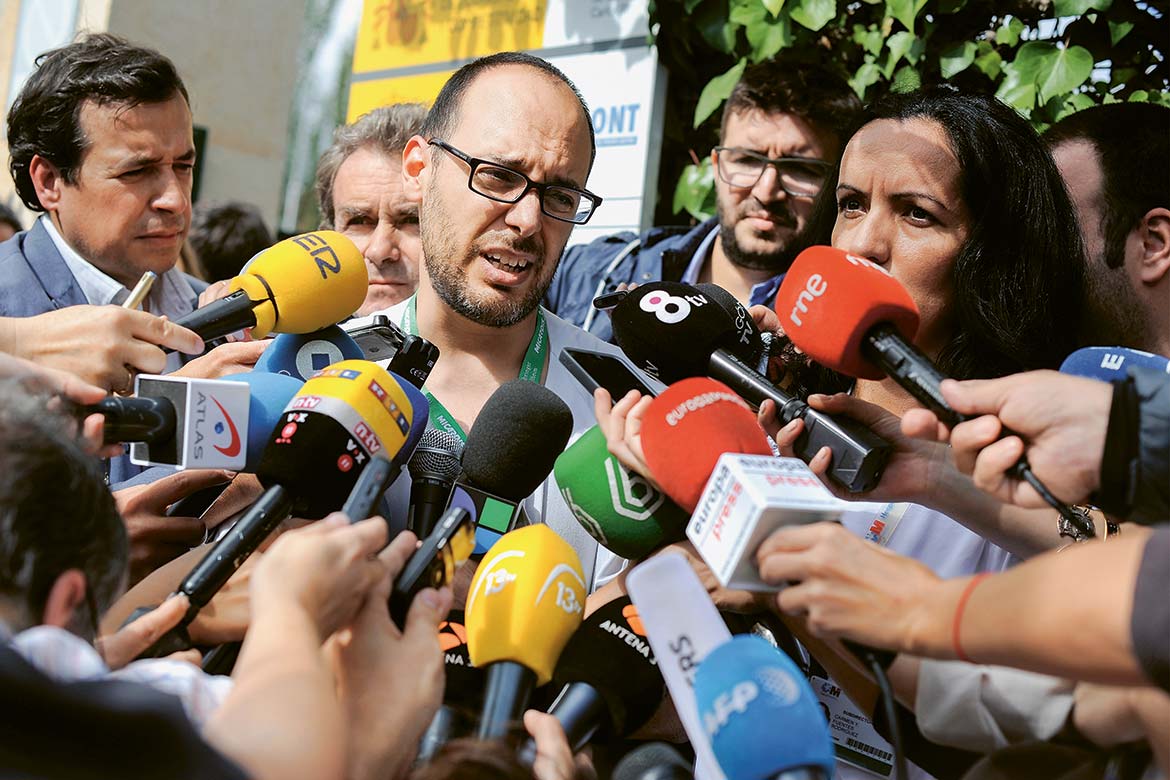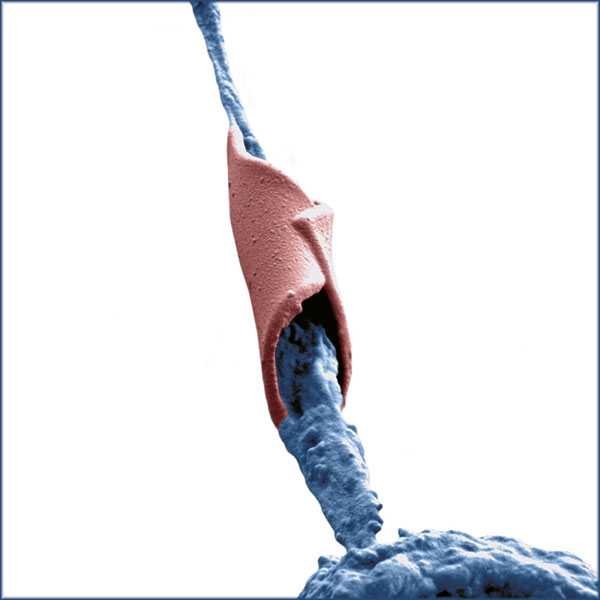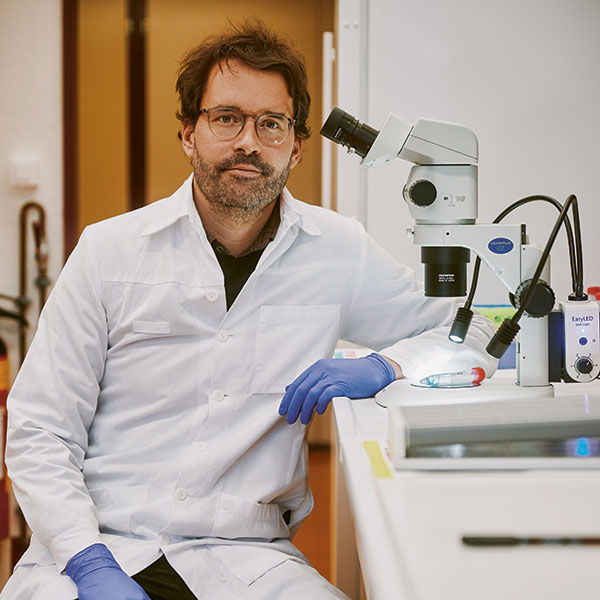RECYCLING
Pointless collecting plastic?
Recycling even more plastic won’t help the environment as much as we might think, because we have too few uses for recycled plastic.

Collecting plastic is great – but we ought to consider first what we want to do with it. | Image: Gaëtan Bally / Keystone
Could we solve our waste problem simply by collecting and recycling more plastic? No, says Magdalena Klotz of ETH Zurich: it’s not enough.
Klotz has conducted a study in which she modelled Switzerland in the year 2025, imagining it to be highly environment-conscious – though in one aspect only: 80 percent of plastic waste would be collected. Today, the average lies at 21 percent. But in her model, all the subsequent sorting, recycling and production processes remained unchanged. According to her results, even the high collection rate would only result in recycled plastic making up just 14 percent of new plastic products – a very small proportion. Though admittedly, it would still be twice what it is today.
This is primarily because of how plastic is usually recycled nowadays. We melt down plastic waste of different origins, “but this mixture means that the recycled plastic possesses properties different from the original materials. It can therefore only be used in certain products and can only replace new plastic materials to a very limited extent”, says Klotz.
This is why she believes that the whole system needs to be rethought from the ground up: “When we design new plastic products, we already have to start thinking about how the recycled material can be used one day. And plastic waste ought to be sorted more precisely. If we don’t find more uses for our old plastic, the environmental benefits of recycling will continue to be very limited in the future”.




